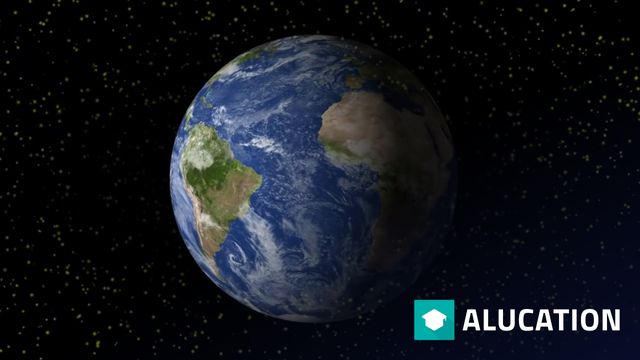ScienceCasts: Escape of the Destructive Electrons
Visit http://science.nasa.gov/ for more. Earth is surrounded by electrons that can be disruptive to our technology. NASA is using high-altitude balloons and spacecraft to monitor and understand these particles in the radiation belts surrounding our planet. Click here to see more videos: https://al



